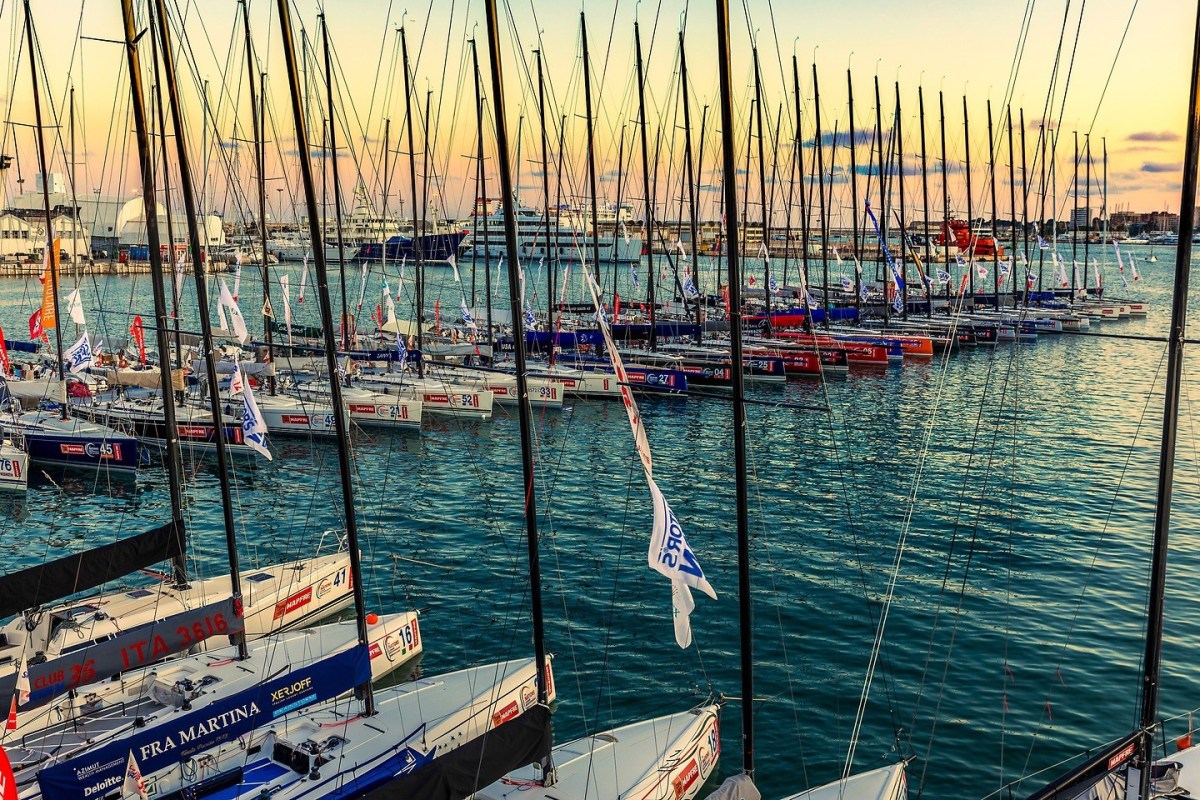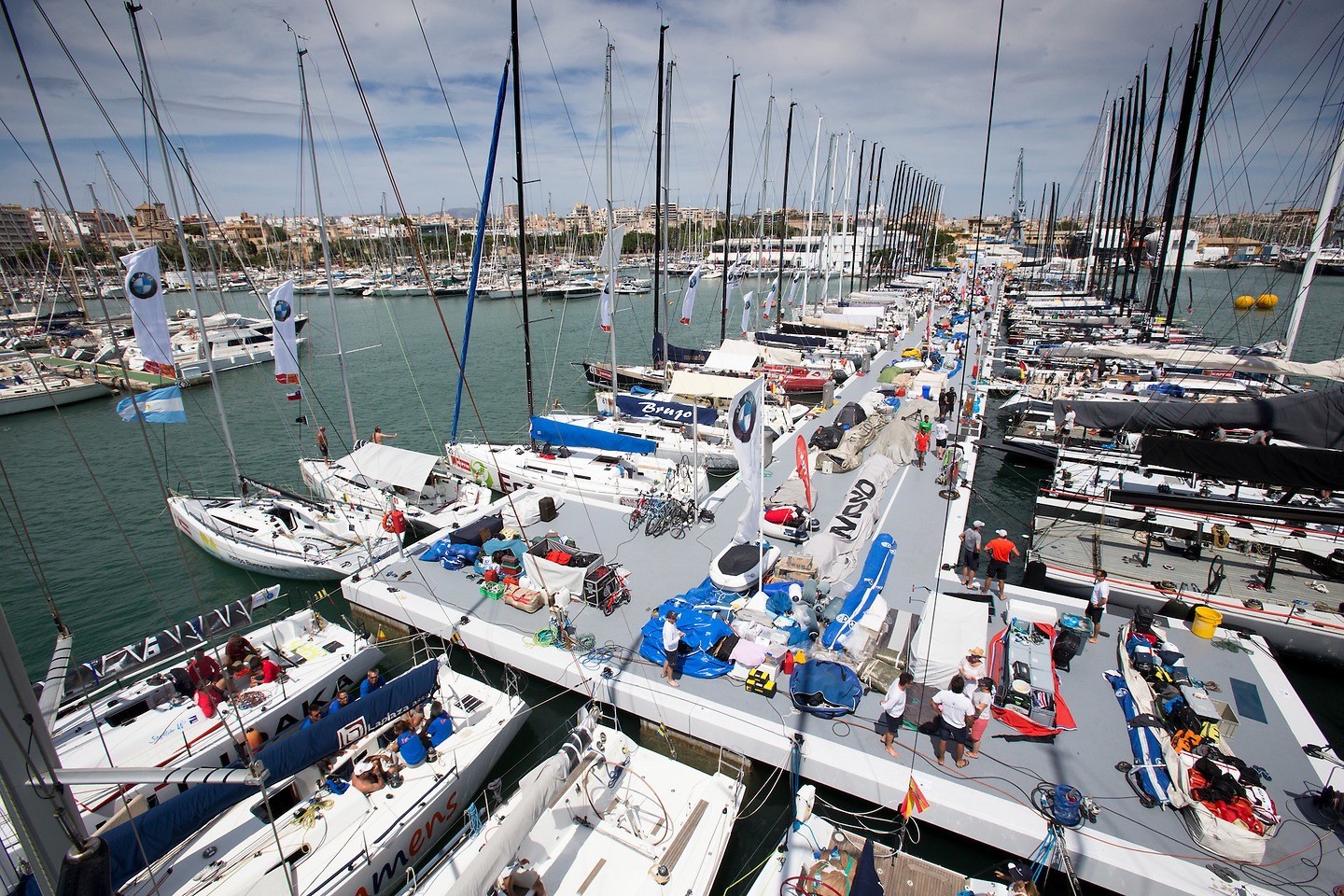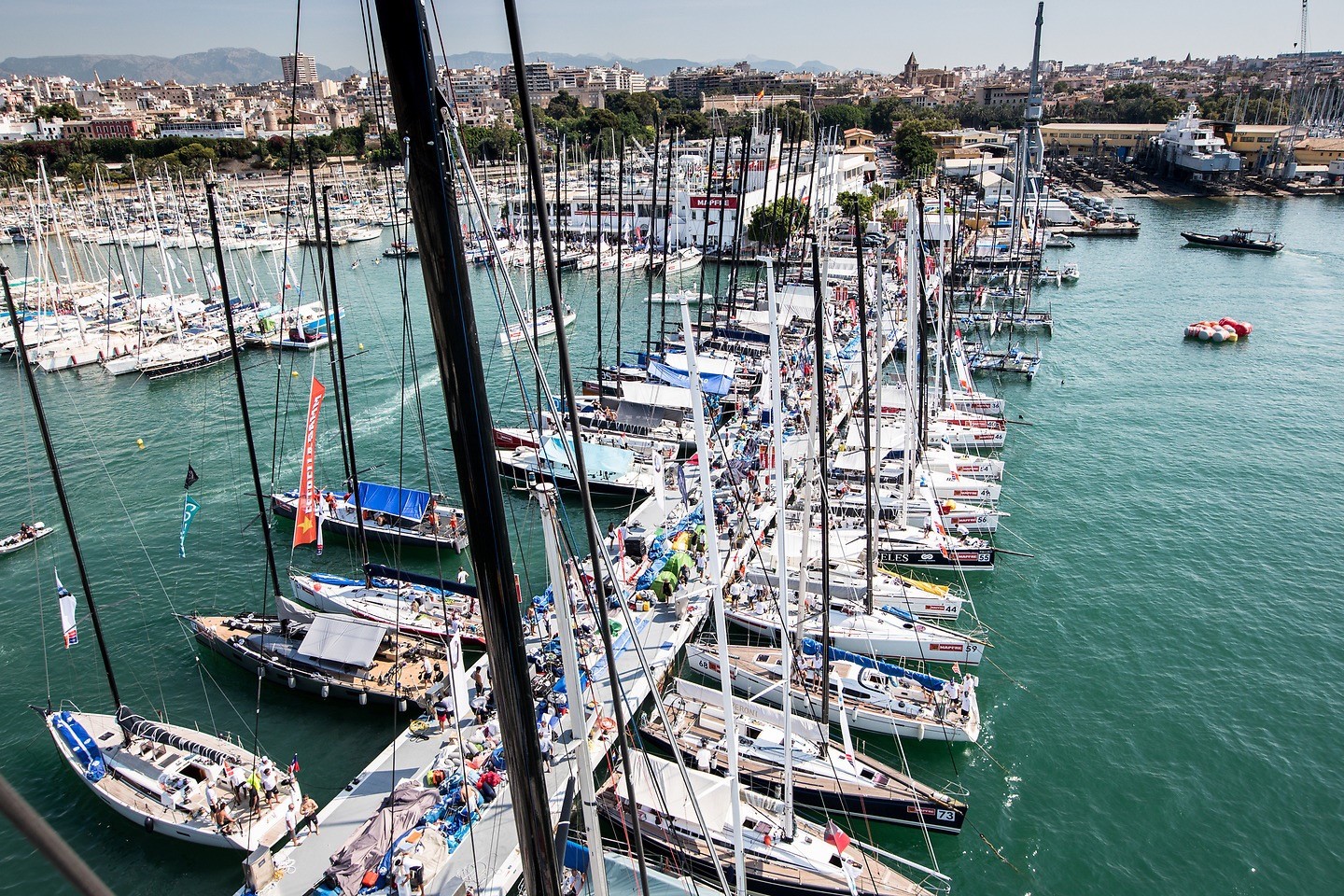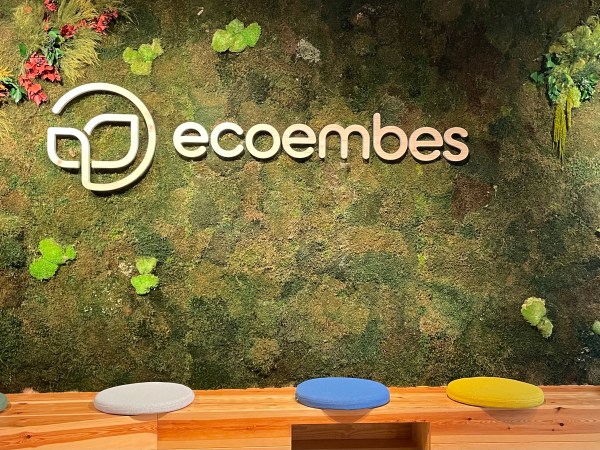The Real Club Náutico de Palma has commissioned Telefónica Tech to develop and launch an innovative pilot project to collect marine waste for one month using an autonomous aquatic drone and monitor the presence of microplastics in the port, covering the Copa del Rey sailing regatta to be held in Palma between 26 July and 2 August. The project aims to promote efficient sea cleaning through technology and, at the same time, raise awareness among the public about the importance of keeping coastlines clean to protect biodiversity.
According to the report ‘The state of water in Europe in 2024: the need to improve water resilience’ by the European Environment Agency (EEA), the continent’s waters and aquatic ecosystems are seriously affected by chemicals, habitat degradation and climate change. In fact, it points out that “only 37% of Europe’s surface water bodies achieved good or very good ecological status” and “only 29% achieved good chemical status during the period 2015-2021”.
Telefónica Tech, in collaboration with LEANpio, will deploy a 100% electric autonomous aquatic drone equipped with IoT connectivity to demonstrate the potential of this technology in environmental applications. With up to eight hours of autonomy and a range of 24 kilometres, the drone can collect up to 500 kilograms of floating waste (plastics, biomass, metals, hydrocarbons, etc.) per day. It incorporates a video camera and LiDAR sensors to map the environment in 3D and follow preconfigured routes, avoiding obstacles. This project reflects a commitment to a cleaner, more efficient and responsible future, as the integration of IoT, sensors and artificial intelligence not only cleans up the environment, but also analyses and optimises the process in real time to effectively combat marine pollution.
Telefónica Tech has designed the pilot programme based on a circular economy model, as the waste collected by the drone will be stored in containers for recovery by the local waste management company Tirme. The Mallorcan company will be responsible for sorting and identifying the different types of waste and assessing the degree of degradation of the material with the aim of promoting its reuse, recycling or recovery. The use of an aquatic drone for this type of task is more sustainable and generates a lower carbon footprint than current plastic collection systems at sea.
The pilot project also involves the deployment of a microplastics sensor from the Leitat technology centre with IoT connectivity from Telefónica Tech to segment, classify and measure microplastics and other detected elements (sand, bubbles, plankton, etc.) in seawater using optical and photonic technologies and artificial intelligence to process the images captured by the presence of microplastics. The sensor has been designed and developed by Leitat’s Digital Industry team as part of the Horizon Europe project called ILIAD, where it has been validated in real operating environments on marine buoys in the North Sea and on an ocean platform in the Canary Islands.
All data and images collected, both by the drone and the microplastic sensor, will be sent in real time thanks to IoT connectivity to a platform for monitoring, analysing and producing reports that will help the Real Club Náutico de Palma make informed decisions to improve waste collection and water quality.
Manu Fraga, manager of the Real Club Náutico de Palma, says: “Every time we set sail, we remember that the sea is not just our playground: it is home to a biodiversity that we must protect. With this electric drone, we are demonstrating that smart solutions can turn yacht clubs and sporting events into drivers of change. I invite other ports and clubs to join us; the real trophy is a Mediterranean free of plastic and pollution. That must be our responsibility and commitment.”
Kallitsa Savvidou, responsable de Nuevos Negocios de Telefónica Tech, afirma: “Estamos muy orgullosos de poder participar en la protección y calidad de las aguas con este proyecto piloto, realizado para el Real Club Náutico de Palma, que pone en valor el potencial de nuestra conectividad IoT en aplicaciones medioambientales y su capacidad para mejorar la eficiencia operativa”.













